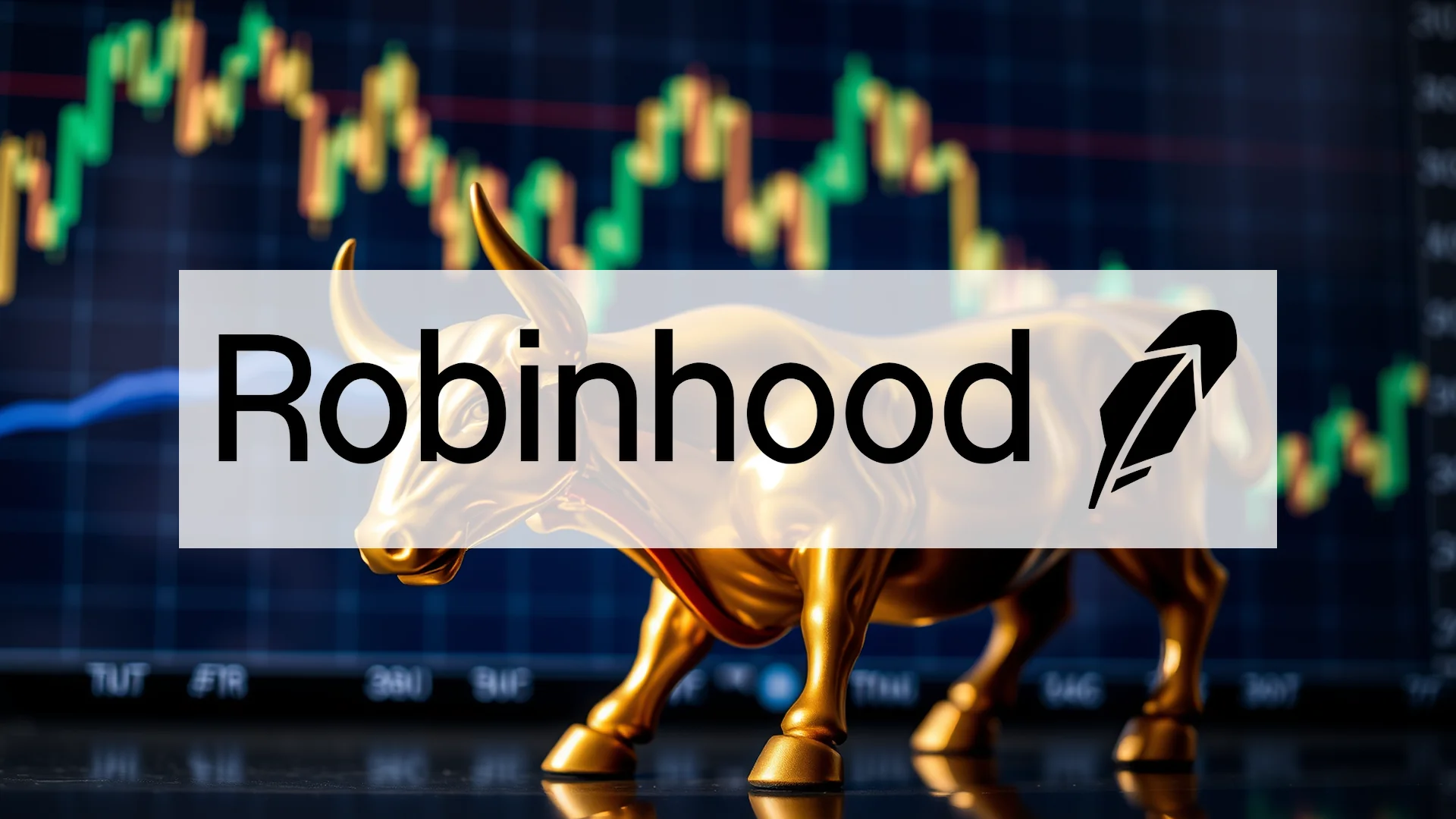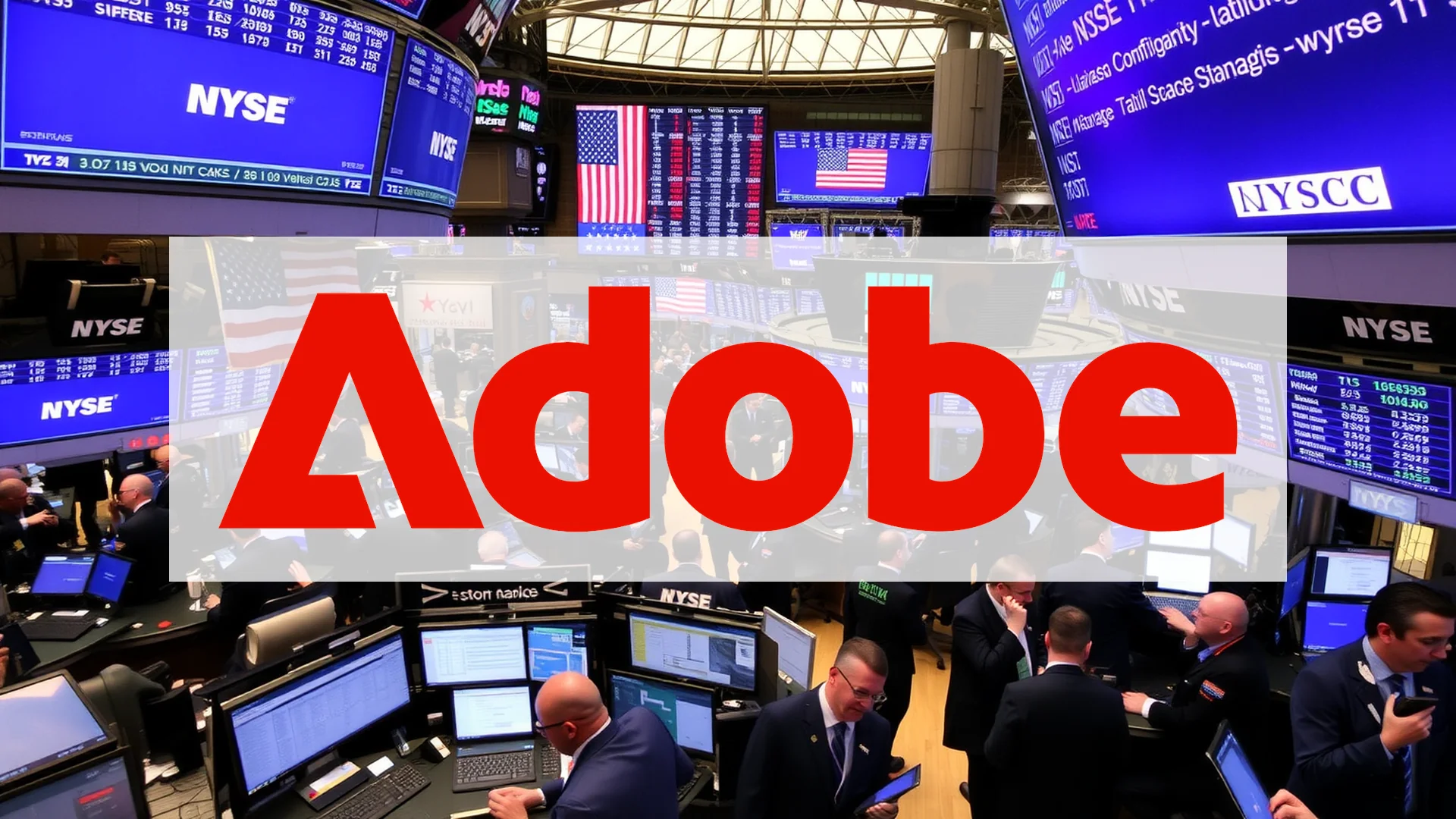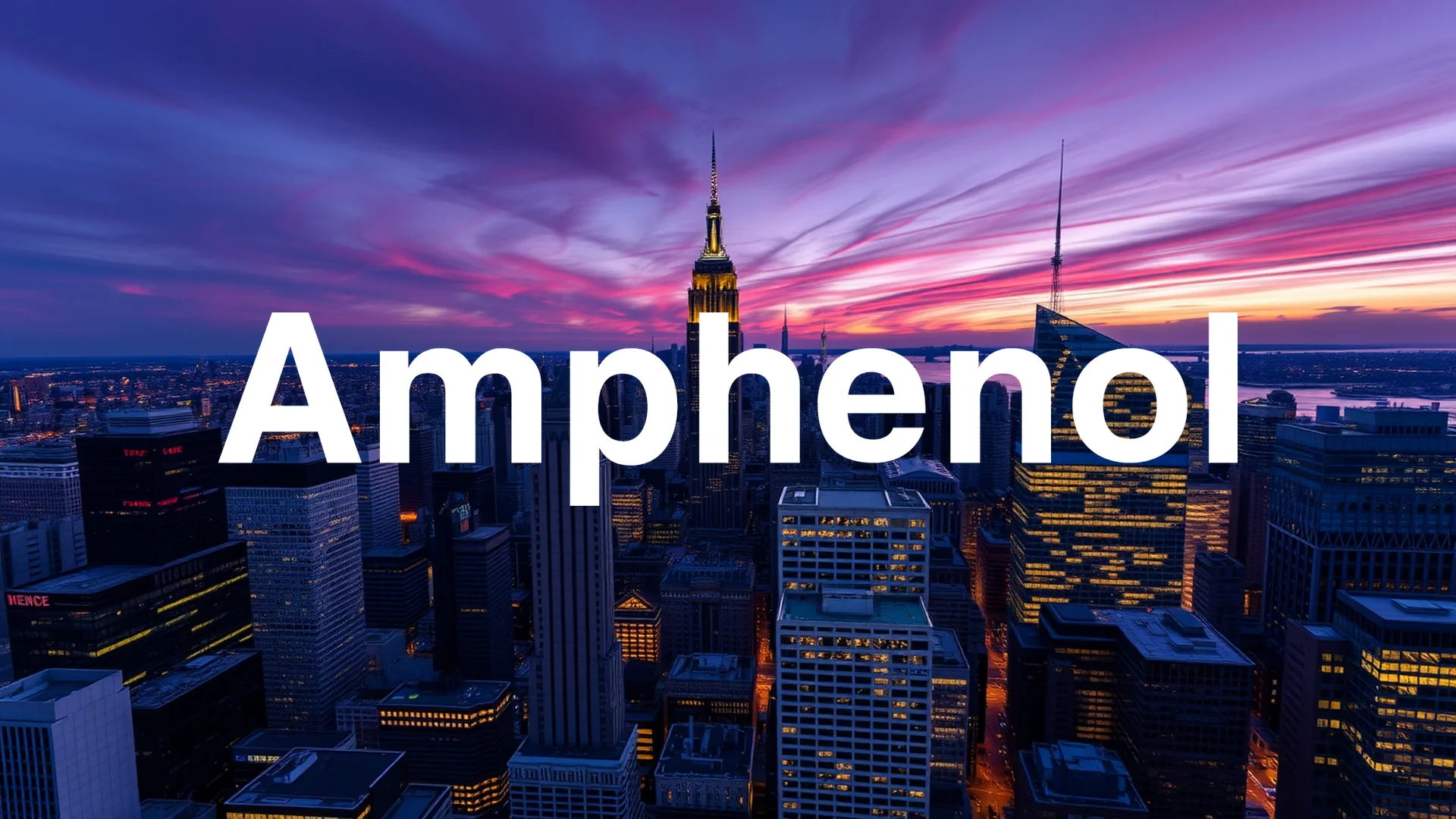The trading platform Robinhood is experiencing an unprecedented upward trajectory, with its stock value appreciating by more than 280% since the start of the year, positioning it as a leading performer within the US fintech sector. This remarkable rally prompts a closer examination: is it merely a product of favorable market conditions, or has Robinhood genuinely engineered a fundamental turnaround?
Wall Street Analysts Foresee Additional Gains
Market experts are expressing strong confidence in the company’s prospects. The current average price target sits at $151.71, suggesting a potential upside of approximately 24% from present levels. Recent analyst coverage includes 14 “Buy” recommendations, 6 “Hold” ratings, and a single “Sell” opinion. Firms such as KeyBanc, CICC, and Piper Sandler have particularly highlighted the company’s innovative drive and its gains in market share within the wealth management domain. For 2026, industry specialists project revenue growth of nearly 19%, indicating that Robinhood’s growth may be sustainable beyond the current bull market.
Quarterly Results Shatter Expectations
The company’s most recent quarterly report provides compelling evidence of its transformation. Robinhood posted a net income of $556 million for the third quarter of 2025, a staggering 271% increase compared to the previous year. Earnings per share soared by 259% to $0.61, significantly surpassing the $0.54 forecast by analysts.
Revenue also demonstrated substantial strength, reaching $1.27 billion and exceeding market expectations of $1.15 billion. A key highlight is the success of the firm’s diversification strategy. Revenue streams outside of its core trading business doubled to $88 million, largely propelled by growing subscriber numbers for its “Robinhood Gold” premium service. The user base expanded by 2.5 million, reaching 26.8 million customers—a 10% increase. Furthermore, adjusted EBITDA improved by 177% to $742 million, underscoring a dramatically enhanced level of profitability.
Should investors sell immediately? Or is it worth buying Robinhood?
Leadership Transition Signals Strategic Shift
Coinciding with the earnings release, Robinhood announced a significant executive change. Chief Financial Officer Jason Warnick will transition into an advisory role. The financial leadership will be assumed by Shiv Verma, an experienced financial manager, starting in early 2026. To ensure a seamless handover, Warnick will remain with the company until September 2026. This leadership change occurs at a pivotal moment as Robinhood evolves from a simple trading application into a comprehensive financial services provider, a transformation that demands new capabilities in financial management.
Banking Initiative Gains Momentum with Cash Delivery
On November 17, Robinhood launched a novel service in partnership with Gopuff. Gold subscribers in New York can now have cash delivered directly to their homes in approximately 30 minutes, with plans to expand to other cities including San Francisco and Washington D.C. Delivery fees range from $2.99 for clients with over $100,000 in assets to $6.99 for others, with a prerequisite of a $1,000 minimum monthly deposit. This offering is a component of CEO Vlad Tenev’s broader “Robinhood Banking” initiative, which aims to transform the platform into a full-service financial provider.
Valuation and Risks: Paying for Excellence?
Despite the optimism, some cautionary notes persist. With a forward P/E ratio of approximately 51, Robinhood is valued at a significant premium to established competitors like Charles Schwab (P/E 17) or Interactive Brokers (P/E 27). Critics, including The Motley Fool, point out that the company has not yet been tested by a sustained bear market—a true trial by fire that still lies ahead. Additionally, operating expenses climbed 31% to $639 million, driven mainly by marketing and customer acquisition costs. This raises the pivotal question of whether Robinhood can consistently meet these high expectations.
Future Outlook: Growth and Market Expansion
Looking forward, analysts are projecting fourth-quarter earnings per share of $0.61 on revenue of $1.34 billion, which would represent a 32% year-over-year sales increase. For the full 2025 fiscal year, expectations are for $2.01 in earnings per share and $4.52 billion in revenue. Robinhood is also advancing its international expansion, particularly in prediction markets, and is in discussions with regulators concerning new market entries. The company’s recent inclusion in major indices such as the S&P Global 1200 and the S&P 500 Equal Weighted Index further affirms its growing relevance in the market. Robinhood stock remains a compelling investment—boasting impressive momentum, yet accompanied by risks that investors should carefully monitor.
Ad
Robinhood Stock: Buy or Sell?! New Robinhood Analysis from November 17 delivers the answer:
The latest Robinhood figures speak for themselves: Urgent action needed for Robinhood investors. Is it worth buying or should you sell? Find out what to do now in the current free analysis from November 17.
Robinhood: Buy or sell? Read more here...










